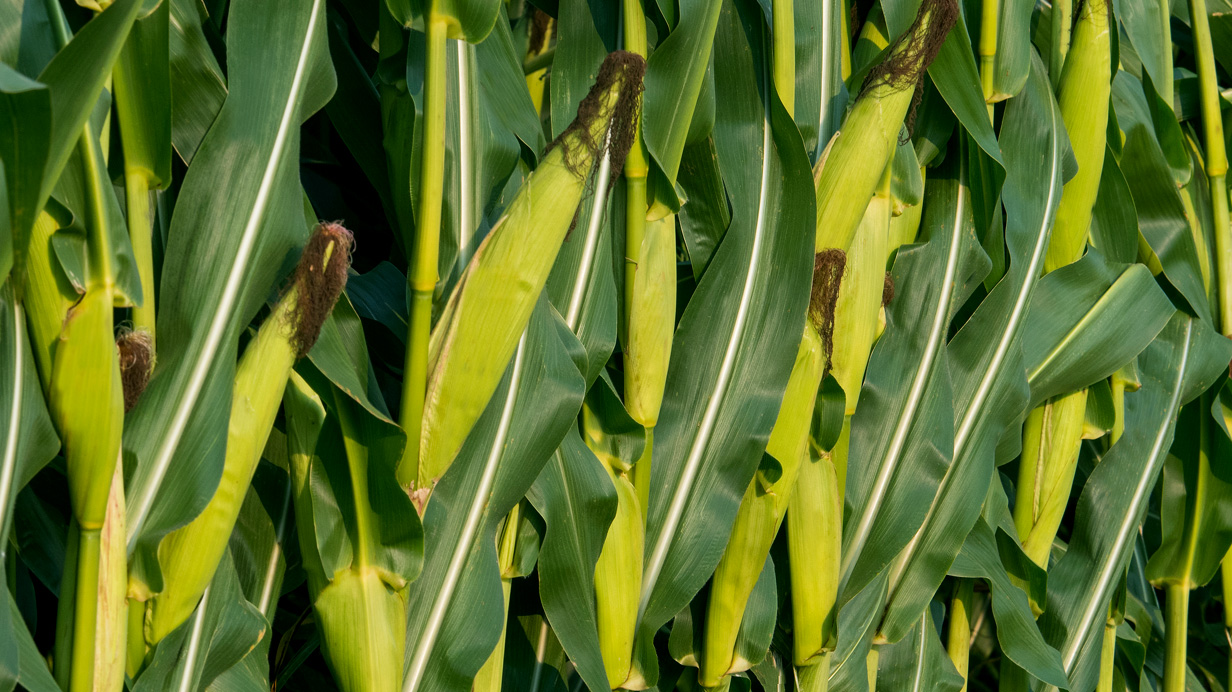Nitrogen protection: how to prevent volatilization and leaching
Managing nitrogen loss due to volatilization, leaching and denitrification is an essential part of preserving the environment and reducing the amount of greenhouse gases generated by corn production. Fortunately, that’s why we have nitrogen protection products!
Problem #1 : Volatilization
Nitrogen volatilization occurs when urea is applied to the soil’s surface but not absorbed.
An enzyme present in the soil called urease breaks down the urea into ammonium (NH₄+). This chemical reaction releases a gas and causes nitrogen to be lost into the atmosphere.
Problem #2 : Leaching and denitrification
Urea that is incorporated into the soil is still converted into NH₄+. Since this reaction happens underground, there is no nitrogen loss through volatilization. The nitrogen still takes the form of NH₄+ but is much more stable in the soil. The negatively charged soil attracts the positively charged NH₄+ ions like a magnet, keeping them stored safely underground.
Within the soil, certain bacteria are activated by the presence of nitrogen in the form of NH₄+ and begin converting it into nitrate (NO₃-). In this form, nitrogen is most at risk for environmental leaching.
Nitrate cannot bond with the soil because both are negatively charged—again, the magnet principle.
During periods of heavy rain, water enters the soil and can carry nitrates with it as it drains out. This is called leaching. If the soil becomes highly saturated with water—particularly if it is heavy soil—the nitrates are converted into nitrogen gas (N₂), which is released into the atmosphere. This causes nitrogen loss via denitrification, which creates greenhouses gases.
Nitrogen management: fractionation and protectors
Fractionation is the best way to manage nitrogen in corn crops. However, due to weather constraints, it is rare to get an optimal application window, forcing farmers to perform fractionation earlier and risk missing the crop’s active nitrogen uptake period.
Nitrogen protectors can extend the fractionation period and keep the nitrogen in the soil within the root zone. This makes protectors an appealing nitrogen management tool.
Our 2016 research tests on nitrogen management showed optimal yields when nitrogen protectors were used.
The following diagram shows the stages when nitrogen protector should be applied from a risk-management perspective.
In general, nitrogen protectors:
Are easy to use
Improve time management
Are not weather-dependent
Which nitrogen protector is right for me?
N-Coop: manages nitrogen at the surface and in the soil
N-Coop is a nitrogen protector that gives you the best of both worlds:
Protects the nitrogen in the soil for about 21 days by keeping it in the root zone in the form of NH₄+
Delays the formation of NO₃- in the soil
Protects the urea applied to the soil from volatilization for about 14 days
Nitrolizer: manages nitrogen at the surface
Nitrolizer protects the urea applied to the soil from volatilization for about 14 days. It also reduces nitrogen loss via volatilization in the air.
Nitrolizer Dart: manages nitrogen in the soil
Nitrolizer Dart protects the nitrogen in the soil for about 28 days by keeping it in the root zone in the form of NH₄+.
Reduces the risk of nitrogen loss via leaching and denitrification
Keeps nitrogen in the root zone in the form of stable NH₄+
Delays the formation of NO₃- in the soil


